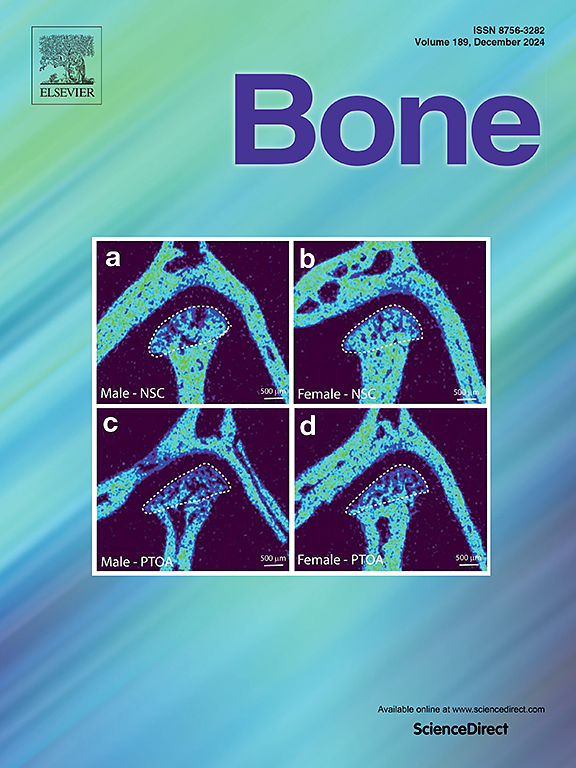Klotho senses mechanical stimuli and modulates tension-induced osteogenesis
IF 3.5
2区 医学
Q2 ENDOCRINOLOGY & METABOLISM
引用次数: 0
Abstract
Delicate external mechanosensing, efficient intracellular mechanotransduction and effective alveolar bone remodeling lay the foundation of orthodontic tooth movement (OTM). Periodontal ligament stem cells (PDLSCs) are thought to be the primary cells that withstand mechanical stimuli and respond to biomechanical signals during orthodontic treatment. Nevertheless, the cellular and molecular mechanisms of orthodontic force-induced mechanosignaling and osteogenesis in PDLSCs still remain unclear. In the present study, we hypothesize that the ageing suppressor, Klotho, is correlated with orthodontic force-triggered mechanical signaling cascades, further contributing to alveolar bone remodeling. This study reveals that Klotho expression is notably upregulated via cytoskeletal-nuclei-mediated epigenetic modifications, consistent with osteogenic differentiation on the tension side during OTM. Additionally, Klotho deficiency undermines tensile force-induced new bone formation in NFκB- and PI3K/Akt-dependent manners. Notably, RNA sequencing (RNA-seq) results and targeted force application experiments unveil that Klotho not only functions as a downstream effector of external stress but also acts as an upstream regulator in mechanical signaling for the first time. In summary, we identify the indispensable role of Klotho in mechanotransduction and alveolar bone formation, which provide a latent target of linking cell senescence to mechanical force in future studies and offer novel insights into orthodontic force-induced tooth movement and bone remodeling.
Klotho感知机械刺激并调节张力诱导的成骨。
精细的外部机械感知、高效的细胞内机械传导和有效的牙槽骨重塑是正畸牙齿运动(OTM)的基础。牙周韧带干细胞(Periodontal ligament stem cells, PDLSCs)被认为是在正畸治疗过程中能够承受机械刺激和响应生物力学信号的主要细胞。然而,正畸力诱导的机械信号传导和PDLSCs成骨的细胞和分子机制仍不清楚。在本研究中,我们假设衰老抑制因子Klotho与正畸力触发的机械信号级联反应相关,进一步促进牙槽骨重塑。这项研究表明,通过细胞骨架核介导的表观遗传修饰,Klotho的表达明显上调,这与OTM期间张力侧的成骨分化一致。此外,Klotho缺乏以NFκB-和PI3K/ akt依赖的方式破坏张力诱导的新骨形成。值得注意的是,RNA测序(RNA-seq)结果和靶向力应用实验首次揭示了Klotho不仅作为外部应力的下游效应因子,而且还作为机械信号传导的上游调节因子。总之,我们确定了Klotho在机械转导和牙槽骨形成中不可或缺的作用,这为未来研究中将细胞衰老与机械力联系起来提供了潜在的靶点,并为正畸力诱导的牙齿运动和骨重塑提供了新的见解。
本文章由计算机程序翻译,如有差异,请以英文原文为准。
求助全文
约1分钟内获得全文
求助全文
来源期刊

Bone
医学-内分泌学与代谢
CiteScore
8.90
自引率
4.90%
发文量
264
审稿时长
30 days
期刊介绍:
BONE is an interdisciplinary forum for the rapid publication of original articles and reviews on basic, translational, and clinical aspects of bone and mineral metabolism. The Journal also encourages submissions related to interactions of bone with other organ systems, including cartilage, endocrine, muscle, fat, neural, vascular, gastrointestinal, hematopoietic, and immune systems. Particular attention is placed on the application of experimental studies to clinical practice.
 求助内容:
求助内容: 应助结果提醒方式:
应助结果提醒方式:


